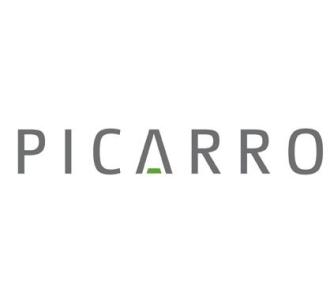
By Greentech Lead Team: Carbon emissions during the World Economic Forum (WEF)
Annual Meeting 2012 in Davos, Switzerland have dropped to roughly 35 percent
below the pre-WEF rate of emissions, or only 210 tons of carbon per day.
Ongoing monitoring of “urban
breathing” such as this would be impossible without high-quality,
continuous atmospheric GHG measurements, according to Picarro,
a provider of instruments for carbon and water cycle measurements.
Analysis of the project data shows
direct CO2 emissions from Davos to be, on average, 330 tons of carbon per day
in the month prior to the start of the meeting, which is 35 percent higher than
the annual average rate of emissions inferred from inventory-based greenhouse
gas (GHG) estimates.
The findings of the project, led by
Kenneth Davis of Penn State University, show that urban GHG emissions can be
monitored in near real-time, providing up-to-date feedback on the impacts of
economic activity and pollution reduction efforts.
The measurements provide independent
validation of inventory estimates, protecting against potential systematic
errors that can be embedded in accounting-based approaches.
“The City Carbon experiment
demonstrates that it is feasible to continuously monitor the carbon emissions
from a city. The changes in emissions observed during the WEF can be thought of
as changes any city might experience as a result of changing economic activity,
or efforts to reduce greenhouse gas emissions,” said Davis, professor of
Meteorology at Penn State.
“Picarro’s analyzers combine the
precision, accuracy and reliability needed to make a continuous measurement
program like this possible. While inventories are a valuable tool, they rapidly
become out of date, are prone to systematic errors, and cannot provide insight
into the evolution of emissions caused by the changing metabolism of cities.
Atmospheric measurements provide a powerful complement to more traditional
inventory methods,” Davis added.
Using its Cavity Ring-Down
Spectroscopy (CRDS) analyzers, Picarro is measuring the carbon emissions
released throughout the city before, during and after the WEF. This measurement
will act as a baseline to which Davos can compare in forthcoming years as it
continues to implement eco-friendly initiatives at future WEF Annual Meetings.
The project emphasizes the need for CO2 measurement, and is a call to action
for leaders of the world’s greenest cities that have set emission reduction
goals or claim to have reduced emissions, yet lack independent measurements to
evaluate their progress.
“The City of Davos and the World Economic
Forum should be congratulated for the leadership they continue to demonstrate
on the topic of greenhouse gases, and we thank them for their cooperation in
this project,” said Michael Woelk, chief executive officer of Picarro.
